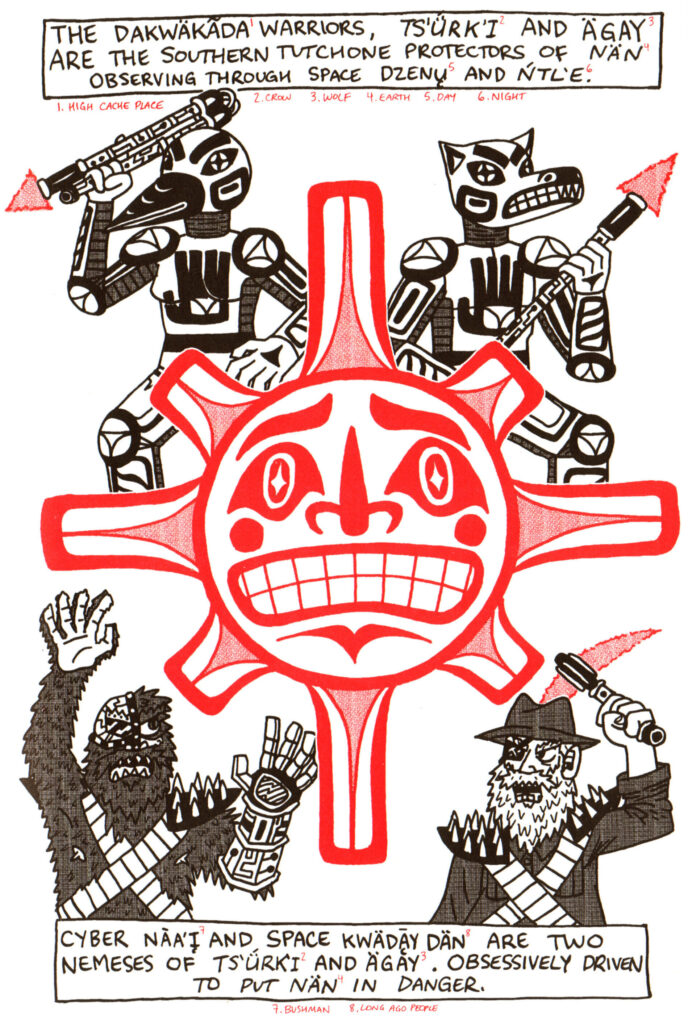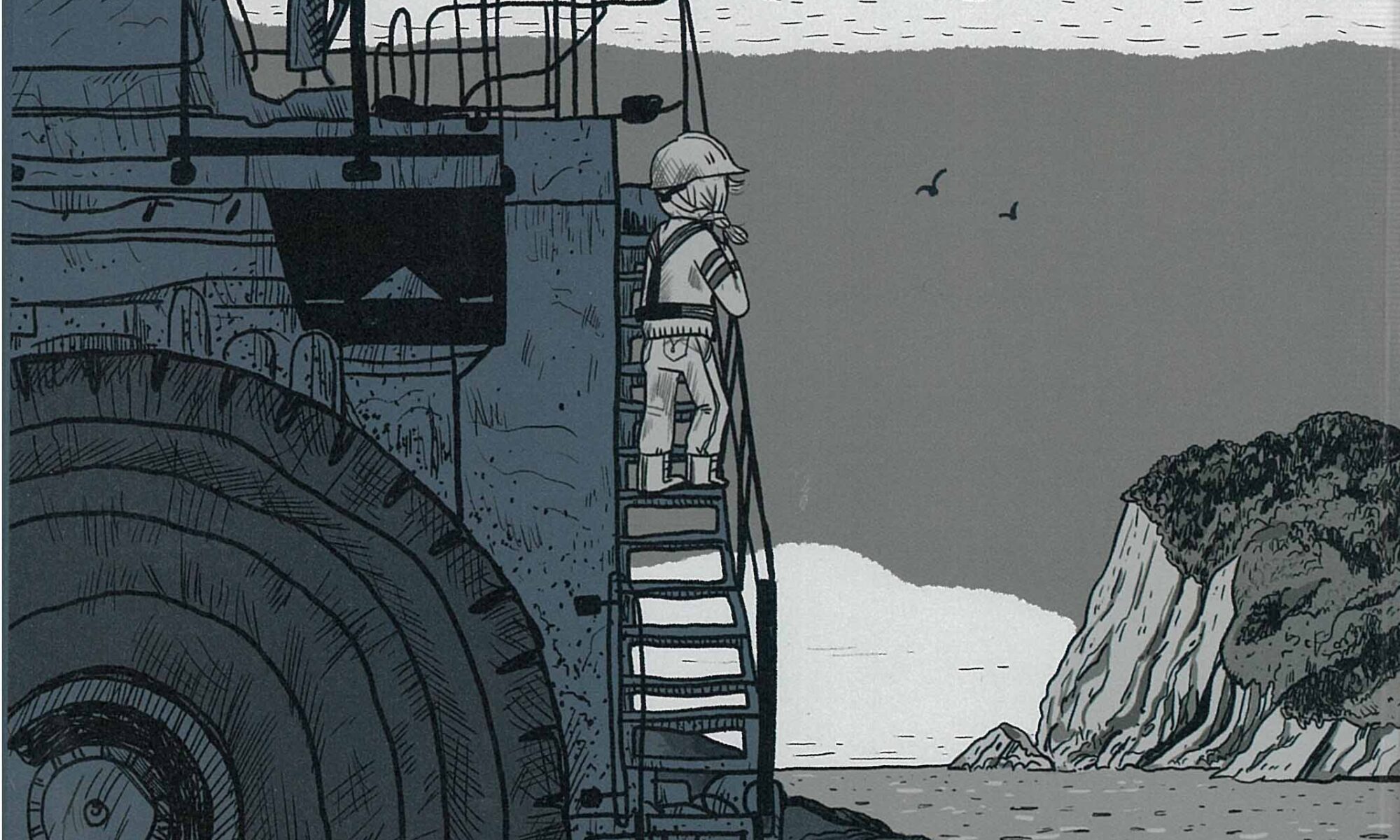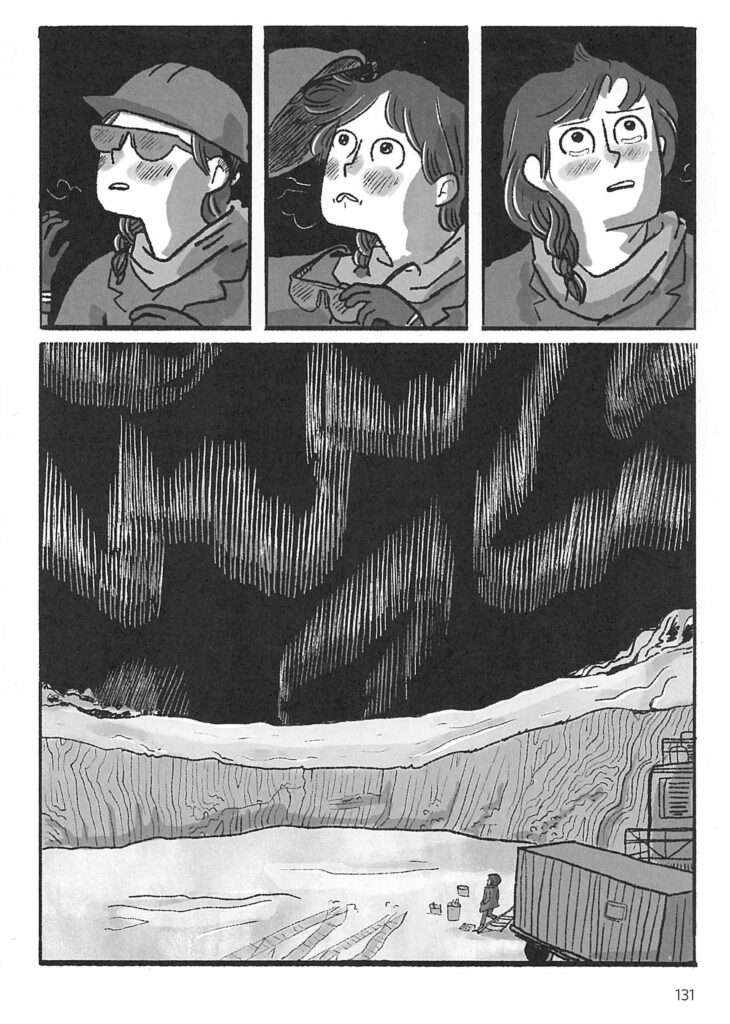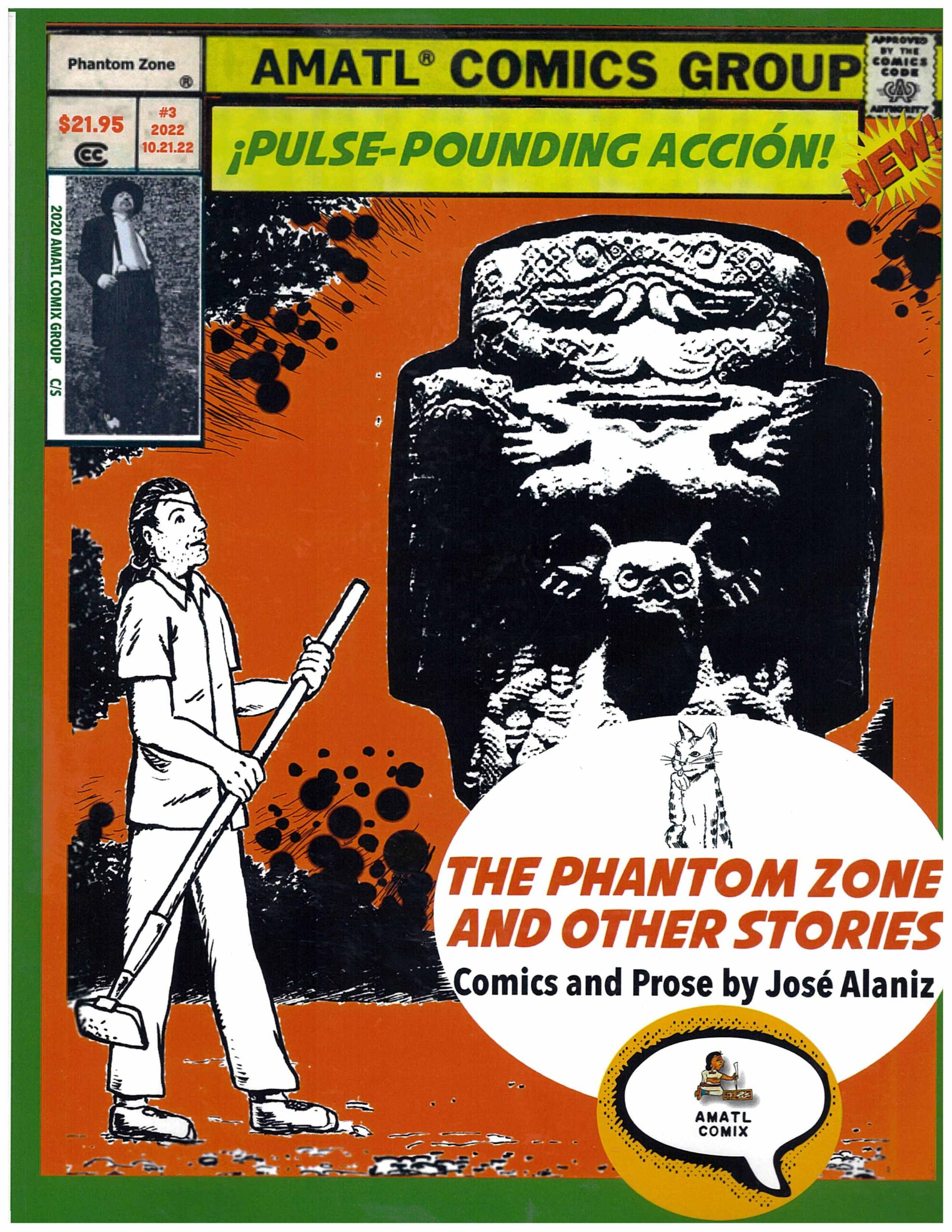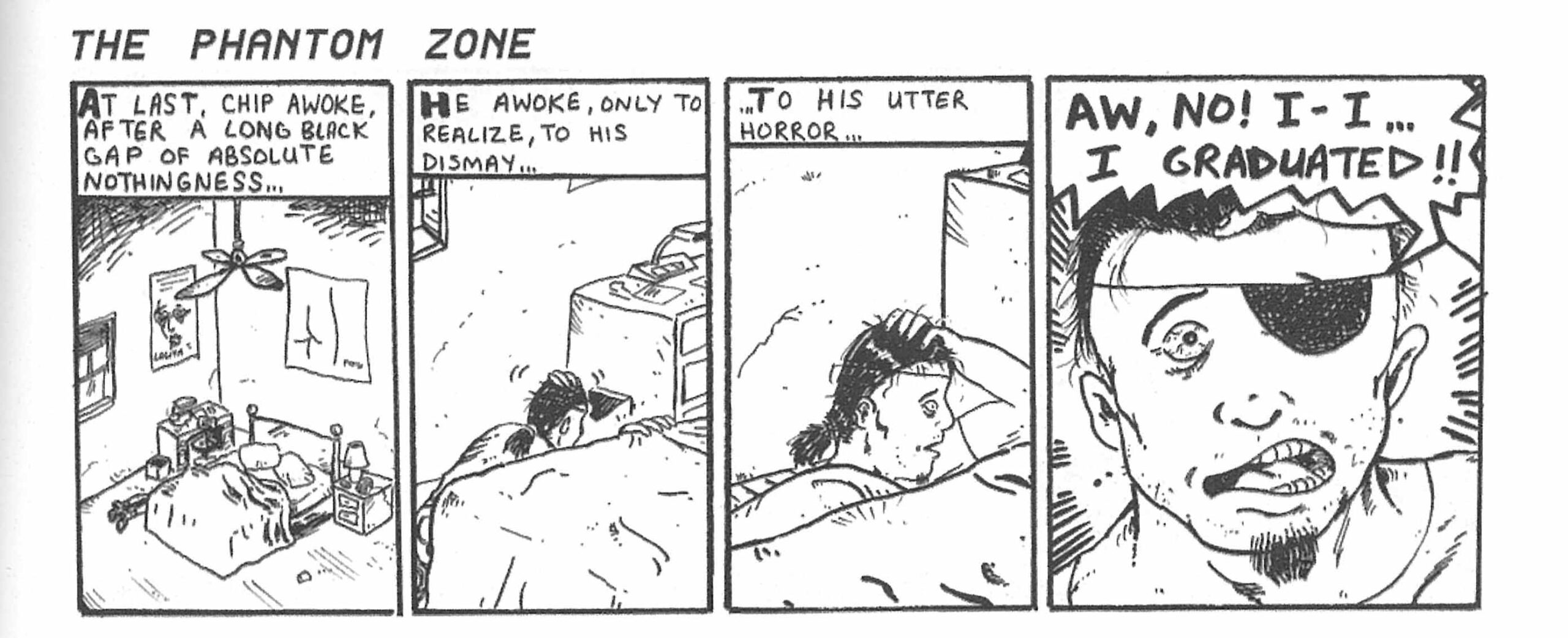“Kwändür.” Written and illustrated by Cole Pauls. $25.00. November 2022, 140 pages. All ages.
“Shelterbelts.” Written and illustrated by Jonathan Dyck. $20.00. May 2022, 224 pages. Teen to adult: Contains drug references.
Thanks to Fables Books, 215 South Main Street in downtown Goshen, Indiana, for providing Commons Comics with books to review.
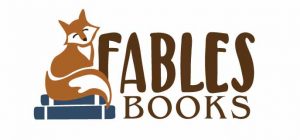
Check Fables out online at www.fablesbooks.com, order over the phone at 574-534-1984, or email them at fablesbooks@gmail.com.
NOTE: I received a free review copy of Shelterbelts from Mennonite Quarterly Review. Portions of this review have been adapted from that one.
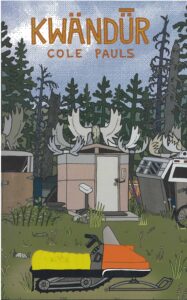

“I see publishing as an art form,” Andy Brown, founder of Conundrum Press, told “Broken Frontier” in late 2022. Valuing careful curation over profit has paid off for the press. Brown started Conundrum in 1996, but narrowed its mission and focus to literary graphic novels in 2010, catching the early edge of our current comics zeitgeist. Now based in Wolfville, Nova Scotia, Conundrum continues to steadily and quietly gain readers and recognition.
Conundrum also works to build comics community, and has instituted a fund—or “bursary,” in Canadianese—to publish mini-comics by emerging black and indigenous authors. Keep an eye out for example, for rising stars Talysha Bujold-Abu, Jazz Groden-Gilchrist, and Jordanna George, the first three recipients of this funding, which began in 2020.
Conundrum was diversifying its library long before the summer of 2020, however. One indigenous author that Conundrum has been publishing since 2019 is Cole Pauls. The Canadian Broadcasting Company calls Pauls’ work “Indigenous Punk,” but he told an interviewer for “Discorder Magazine” that “Indigenous Futurism” might be more precise. For “Dakwäkāda Warriors,” the young adult sci-fi allegory that Pauls began in 2016 as individual zines, he worked with elders from his community to make the book bilingual, placing the Southern Tutchone language alongside English. (Pauls calls himself a Champagne and Aishihik Citizen and a Tahltan comics artist.) The words share the page with aliens and space lasers to create an allegory against forced assimilation.
